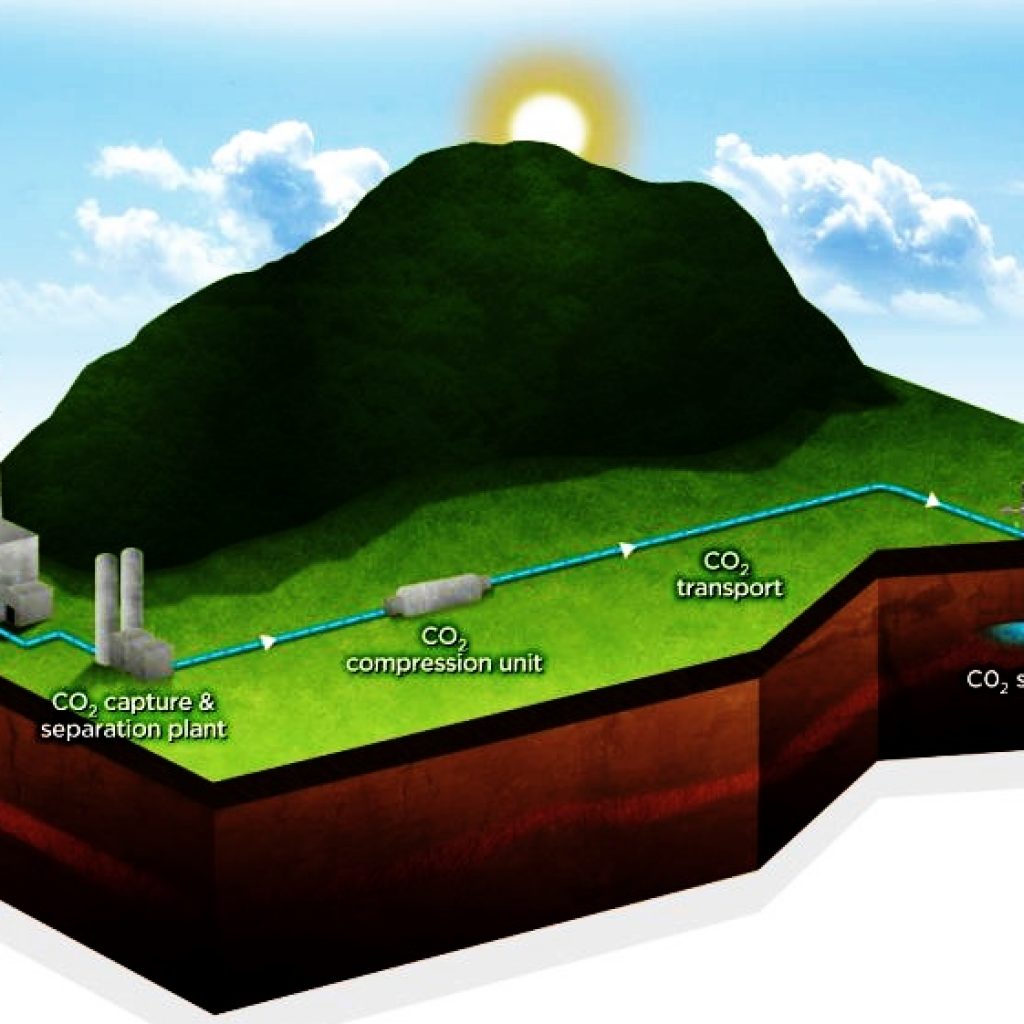The President of the University of Maryland, Wallace Loh, has scarcely unveiled the Climate Action Plan 2.0, with an intent to counteract the ongoing climate change. The University of Maryland (UMD) has reportedly established a mission to emerge as one of the carbon-free zones by 2050, which the President seems to be decidedly earnest on meeting, in the light of which the Climate Action Plan 2.0 has come to the fore, with an extended promise of cutting down emissions further and helping U.S. in its carbon capture and storage market plans.
UMD’s mission appears to be one of the significant developments that may impact carbon capture and storage market size, as the world treads along the path of reducing carbon emissions. Reportedly, UMD’s combined heat and power plant uses natural gas and fuel oil alternatively, while the latter accounts for a huge carbon footprint on the campus. In the light of this scenario, UMD has lowered its carbon emissions by 27% between 2005 to 2015.
So far, the university’s recently upgraded climate action plan promises to curb all emissions from powering new facilities by 2020, and all emissions from air travel by 2018. It further mandates that all the energy utilized at UMD from other sources be rendered renewable by 2020, as the university’s plant would be made more efficient. However, experts cite that altering the plant is not the sole step the university must undertake, instead, UMD must focus on investing in projects that aim to eliminate GHG emissions completely – something remnant of what major energy companies partaking in carbon capture and storage industry share would execute.
Eliminating carbon emissions completely seems to be the buzzword for nationalities across the globe, evidence of the fact being, the recent multi-firm collaboration amidst renowned carbon capture and storage market giants – Shell, Total, and Statoil. The alliance aims to develop a carbon storage facility on the NCS (Norwegian continental shelf), which would subsequently have a significant impact on carbon capture and storage market share. As UMD sets an example for climate change, other organizations are likely to follow suit and curb carbon emissions completely in the ensuing decades.



